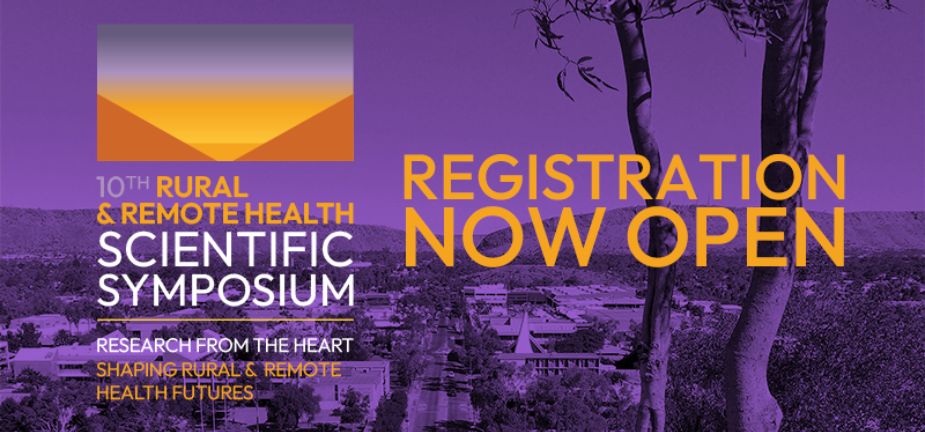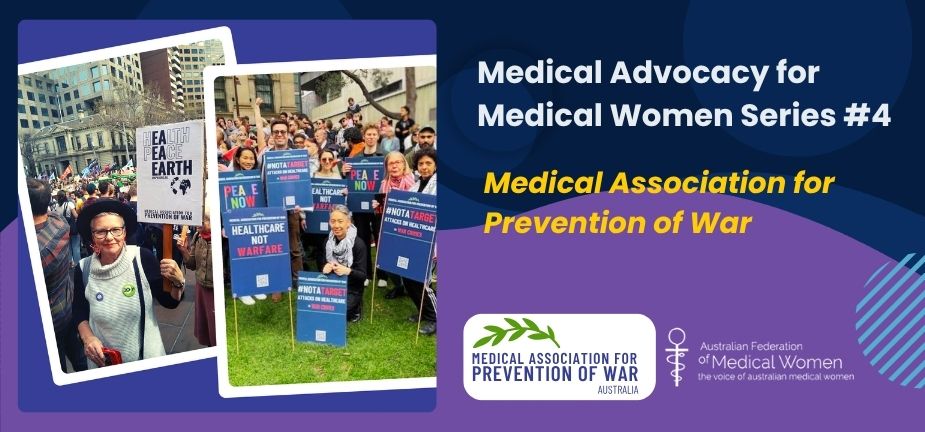In this article, originally published by RACGP, I talk about recognising young patients who are experiencing body dysmorphic disorder – and what to do next.
———————-
Melanie is a 15-year-old girl who, since she was 11 or 12, has felt self-conscious about what she perceives to be her unusually large labia. Her mother believes there is nothing wrong with Melanie and refuses to help her get a labiaplasty, so she takes matters into her own hands.
Melanie obtains her own Medicare card and makes an appointment at the family clinic with a younger female doctor instead of her usual older, male GP.
But when the new doctor tells Melanie she won’t refer her for surgery as she is young and still growing, and should wait a few years before making such a decision, Melanie reacts strongly, bursting into tears.
‘I feel so ugly, I can’t have a boyfriend and have sex, I can’t wear a bikini in public, I chafe, and I feel so embarrassed that someone might see me in the showers at school,’ she said.
Melanie has done a lot of research online and just wants her ‘problem’ to be fixed right away.
Melanie’s story is a case study provided by Dr Magdalena Simonis for the Mental Health Professionals Network webinar, Identifying body dysmorphic disorder and psychological assessments for people seeking cosmetic surgery.
‘Body dysmorphic disorder [BDD] is an out-of-the ordinary perception of a disorder relating to a person’s physical appearance,’ Dr Simonis told newsGP. ‘So the patient might be physically perfectly normal, but they’ve got it in their head, this needs to change.
‘It could be anything – it might be the shape of their nose, their feet, their labia, their breasts, their teeth, or any physical aspect of their appearance.
‘People with BDD often request cosmetic surgery, which in these patients often yields unsatisfactory results. Not because the surgery has been unsuccessful, but because they’re dissatisfied with the outcome.
‘They’re seeking a type of perfection.’
BDD is classified in the Diagnostic and statistical manual of mental disorders, 5th edition (DSM–5) as part of the spectrum of obsessive-compulsive disorder that tends to present early, often in a person’s teen years.
‘It can also be made worse by social pressures, such as images online of a particular appearance or type that they feel they need to emulate,’ Dr Simonis said.
‘There’s evidence that if you’re prone to an obsessive-compulsive disorder, then constant badgering online about needing to look a particular way will elicit feelings of insecurity, self-doubt and anxiety that can trigger this preoccupation.
‘If you couple that with a bit of teen bullying and cyber bullying, then you’ve really got a recipe for disaster.’
BDD can also be surprisingly disruptive to everyday life.
‘There’s a severity rating scale [for BDD], and anything up to more than an hour a day of complete rumination where you’re constantly thinking about it completely alters your mood and can affect your confidence in social interaction,’ Dr Simonis said.
‘BDD can make young people socially withdrawn, avoid certain interactions, and reduce their self-esteem, their confidence.’
Eating disorders and requests for multiple surgeries are often associated with BDD; however, not all people who have multiple surgeries and/or eating disorders have the condition. According to Dr Simonis, the difference can be discerned with a specific line of screening questions.
‘Questions around, how does this affect you? How often does this interfere with your ability to do things? Is it stopping you from going out into the world and socialising? Is it interfering with your ability to concentrate on day-to-day activities? Is it constantly entering your thoughts and bringing your mood down?’ she said.
‘So the screening is about how BDD impacts a patient’s daily life and their ability to concentrate and function.
‘The disorder can make people socially withdrawn, make them not want to be seen naked by their partner, and dress in a particular way that conceals the body part they think is so obvious to the world.’
While identifying a patient who may be experiencing BDD can be tricky, so can discussing the condition with them. Dr Simonis recommends a careful approach.
‘An important thing not to do with a patient with body dysmorphic disorder is to tell them outright they have it, because it’s an out-of-touch-with-reality perception of self,’ she said. ‘So you risk offending them, and them then seeking alternative interventions.
‘And sometimes they fall victim to charlatans who take advantage of their vulnerability, because a lot of the procedures they seek to have done can be performed in the private sector without a referral.’
Dr Simonis said the important next step for GPs in such cases is referral, not to a cosmetic surgeon, but to a psychologist or psychiatrist with expertise in BDD. Because while the condition can’t be cured, it can be managed.
The referral process is also helped by the fact that under the guidelines of the Medical Board of Australia, patients under 18 years old cannot access cosmetic surgery procedures without first being referred for mandatory screening for mental health issues.
And even this is not the final step.
‘They also have to have a mandatory three-month cooling-off period before any surgery is undertaken, so they can’t just see a psychiatrist, psychologist, be given the all-clear and then go and have surgery,’ Dr Simonis said. ‘And that is standard for any surgical cosmetic procedure for an under-18-year-old.’
Visit the Mental Health Professionals Network website to access the webinar and learn more about identifying BDD and treating patients such as Melanie.
Originally published: racgp.org.au/newsgp/clinical/seeking-perfection-identifying-and-discussing-body
Associate Professor Magdalena Simonis AM is a Past President of the AFMW (2020-2023), former President of VMWS (2013 & 2017-2020) and current AFMW National Coordinator (2024-2026). She is a full time clinician who also holds positions on several not for profit organisations, driven by her passion for bridging gaps across the health sector. She is a leading women’s health expert, keynote speaker, climate change and gender equity advocate and government advisor. Magda is member of The Australian Health Team contributing monthly articles.
Magdalena was awarded a lifetime membership of the RACGP for her contributions which include past chair of Women in General Practice, longstanding contribution to the RACGP Expert Committee Quality Care, the RACGP eHealth Expert Committee. She is regularly invited to comment on primary care research though mainstream and medical media and contributes articles on various health issues through newsGP and other publications.
Magdalena has represented the RACGP at senate enquiries and has worked on several National Health Framework reviews. She is author of the RACGP Guide on Female Genital Cosmetic Surgery and co-reviewer of the RACGP Red Book Women’s Health Chapter, and reviewer of the RACGP White book
Both an RACGP examiner and University examiner, she undertakes general practice research and is a GP Educator with the Safer Families Centre of Research Excellence, which develops education tools to assist the primary care sector identify, respond to and manage family violence . Roles outside of RACGP include the Strategy and Policy Committee for Breast Cancer Network Australia, Board Director of the Melbourne University Teaching Health Clinics and the elected GP representative to the AMA Federal Council. In 2022. she was award the AMA (Vic) Patrick Pritzwald-Steggman Award 2022, which celebrates a doctor who has made an exceptional contribution to the wellbeing of their colleagues and the community and was listed as Women’s Agenda 2022 finalist for Emerging Leader in Health.
Magdalena has presented at the United Nations as part of the Australian Assembly and was appointed the Australian representative to the World Health Organisation, World Assembly on COVID 19, by the Medical Women’s International Association (MWIA) in 2021. In 2023, A/Professor Simonis was included on the King’s COVID-19 Champion’s list and was also awarded a Member (AM) in the General Division for significant service to medicine through a range of roles and to women’s health.










